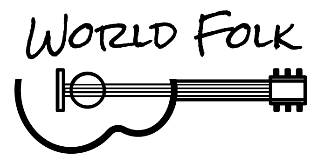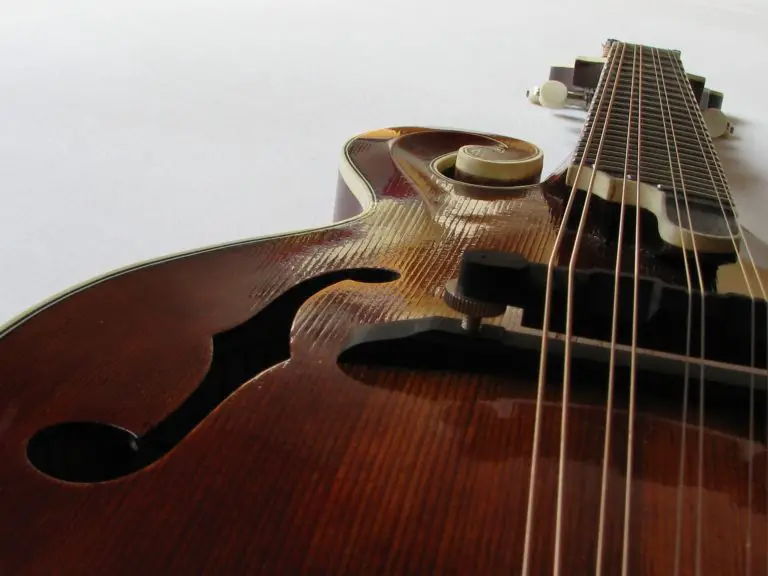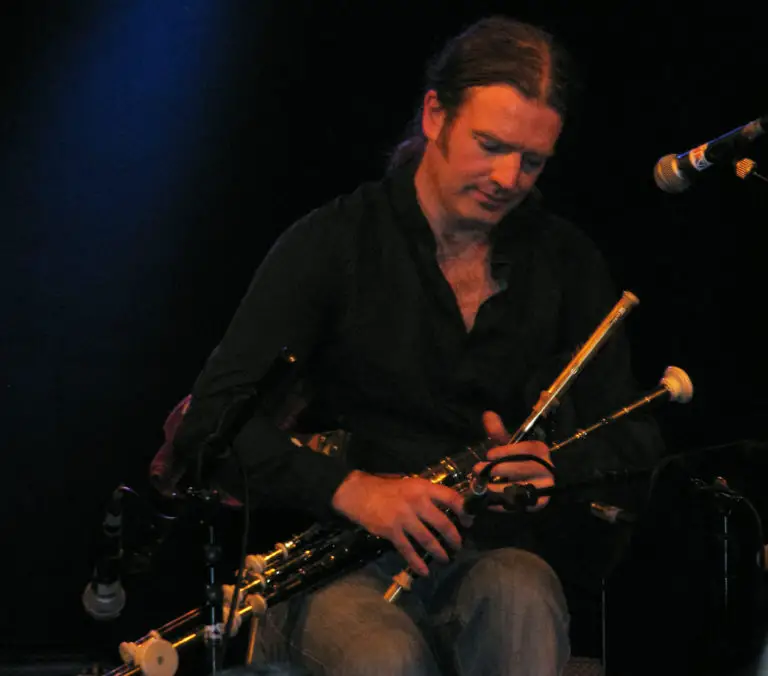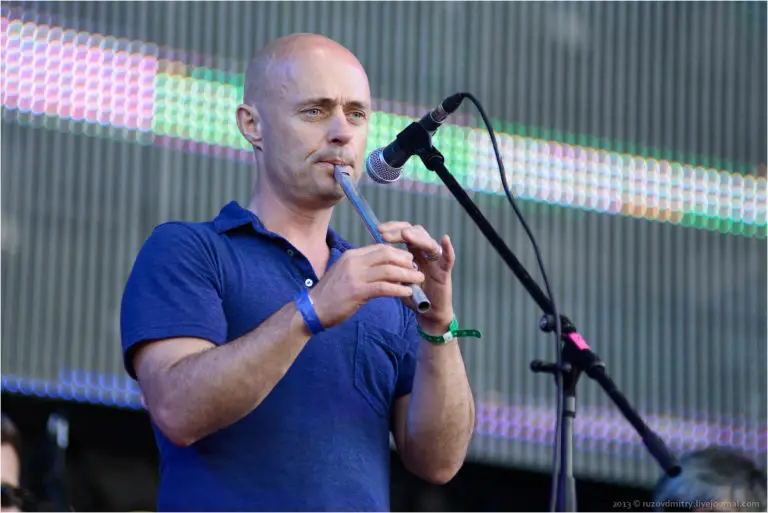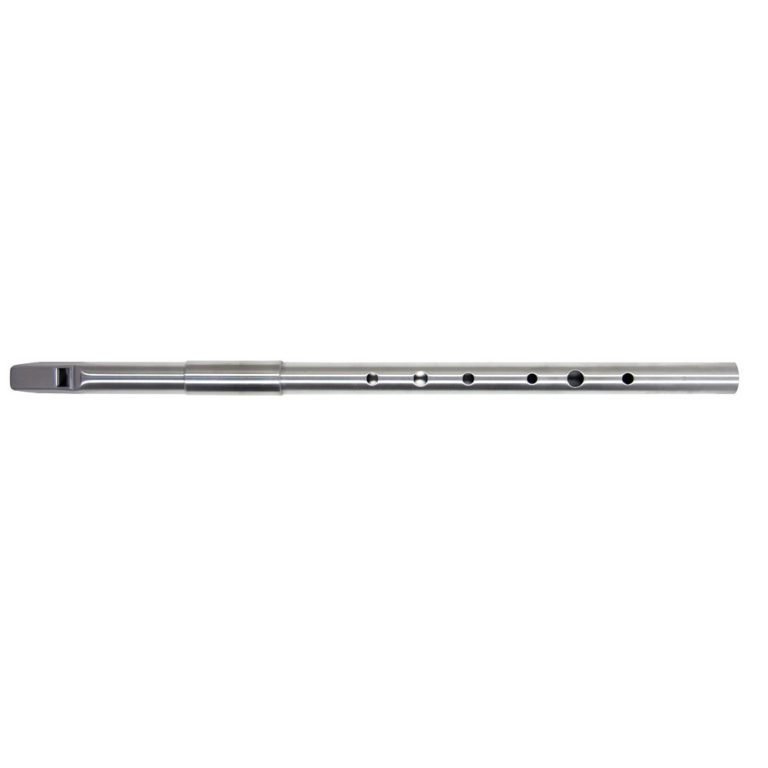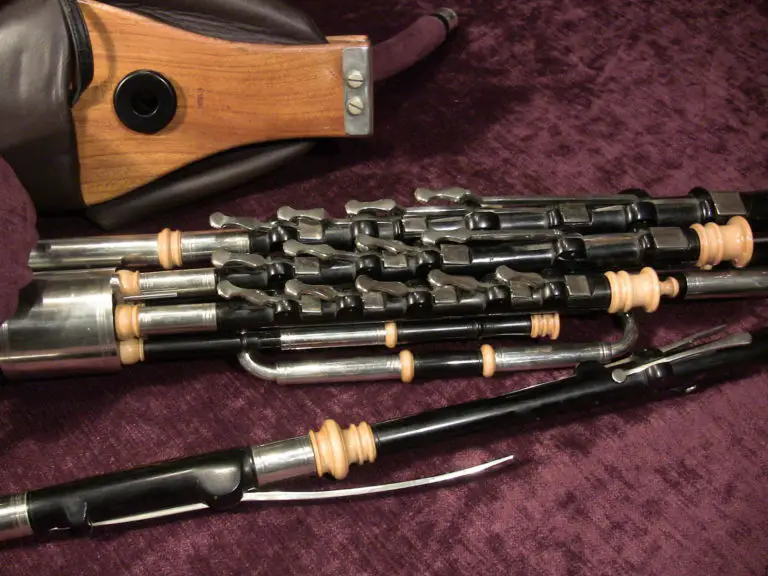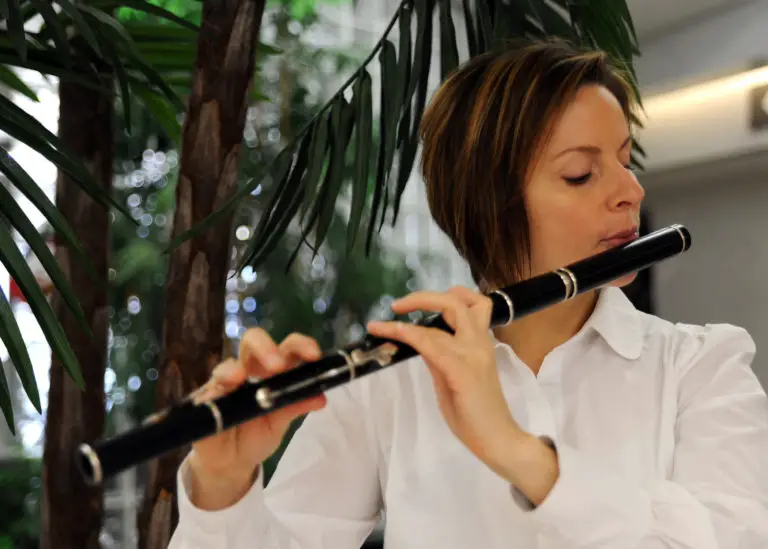10 Irish Folk Singers You Should Listen To
One of Ireland’s most cherished traditions is singing. From the Irish-language sean-nós (“old style”) to rebel ballads to rowdy drinking songs, Ireland has a rich catalog of folk songs and singers. They tell the story of hundreds of years of laughter and tears, oppression and perseverance, feast and famine.
The 1960s folk revival brought a renewed energy and focus to traditional music in Ireland. Groups like The Dubliners and The Clancy Brothers became household names in Ireland and around the world. Irish singers like Christy Moore, Paul Brady, and Dolores Keane have been praised by folk and rock luminaries from the US, the UK, and Canada. Nowadays, you’re as likely to hear “Whiskey in the Jar” in a pub in Tokyo as you are on the streets of Dublin!
Here are ten of the best Irish folk singers to ever open their mouths. Some are still with us, some have passed. But their music will live on, as it has for centuries.
Luke Kelly
When he was growing up, Luke Kelly wanted to be a popular singer in the style of Perry Como or Frank Sinatra. But he got swept up in the folk revival of the 1960s, and started busking with his banjo. He ended up spending much of his time at O’Donoghue’s pub in Dublin, one of the epicenters of folk music in the city. There, he met Ronnie Drew, who was looking for another singer for his band. Soon after Kelly joined, “The Ronnie Drew Ballad Group” became “The Dubliners,” possibly the most famous Irish folk band in the world. Kelly’s renditions of songs like “On Ragland Road,” “Dirty Old Town,” and “The Black Velvet Band” turned them into classics that you can still hear being sung in Irish pubs around the world.
Christy Moore
Christy Moore left Ireland in 1966, moving to London to look for work. There, he found an audience hungry for his brand of heartfelt folk singing. Moore is unabashedly political, and his songs often have a strong bent of social commentary. A few of his songs were banned from Irish and British radio for their support of republican causes during the Troubles. He’s known for founding the popular group Planxty, which became of the most well-known traditional Irish bands of the 1970s. After leaving that band for a solo career, he also co-founded the popular Celtic rock band Moving Hearts
Mary Black
Mary Black got her start singing with her siblings in The Black Family, who developed a following around Dublin in the 1970s. After going solo in the mid-80s, she joined De Dannan as their vocalist. Her 1989 solo album No Frontiers was one of the the biggest-selling records of the 80s in Ireland, and stayed on the Irish Top 30 chart for over a year. She has frequently collaborated with American folk and country singers like Joan Baez and Emmylou Harris. But her voice always sounds the best singing the traditional Irish music she came up with.
Ronnie Drew
Ronnie Drew’s low, gravelly voice was the bedrock of the Dubliners, the group that he founded as “The Ronnie Drew Group” in 1962. They would go on to became one of the most famous Irish folk bands in the world, with Ronnie’s signature songs “Seven Drunken Nights” and “The Irish Rover” hitting the UK’s Top 10 charts. He was particularly known for the rough-and-ready songs that all but forced audiences to sing along. His impact on Irish music is perhaps best exemplified by the who’s who that showed up to record “The Ballad of Ronnie Drew” in his honor, including U2, Bob Geldof, Glen Hansard, Shane MacGowan, Sinéad O’Connor, and Christy Moore.
Pecker Dunne
The Pecker Dunne was a larger-than-life character with a powerful voice. An Irish Traveller, he spent his life singing and playing the banjo in towns across Ireland. His songs frequently focused on his travelling lifestyle, telling the stories of people on the move. “Sullivan’s John,” about a settled man who “married a tinker’s daughter,” became one of the Dubliners’ signature songs, and Dunne toured with them in the UK, Europe, and the US. Despite the recognition he received as a musician, Dunne never stopped travelling and busking until age and poor health took him off the road for good.
Paul Brady
Paul Brady hasn’t been content to sit in one genre. He started off singing traditional Irish songs with popular groups The Johnstons and Plantxy. From there, he launched a successful solo career, at first hewing closely to tradition. Later on, he established himself as one of the premier singer-songwriters in Ireland. Bob Dylan even name-checked him in the liner notes of his 1985 box set Biograph. Tina Turner and Cher both covered his song “Paradise Is Here.” But even with A-list accolades from the rock and pop world, Brady has continued to sing the traditional songs of Ireland.
Mairéad Ní Mhaonaigh
Mairéad Ní Mhaonaigh grew up in an Irish-speaking area of Co. Donegal. She was surrounded by music, and by sean-nós singing. As a founding member of the popular group Altan, Ní Mhaonaigh has brought Irish-language song all around the world. In addition to her singing, she’s known as one of Ireland’s best fiddle players.
Tommy Makem
Tommy Makem was known by many nicknames, including “The Bard of Armagh” and the “Godfather of Irish music.” After emigrating to America as a young man, he joined forces with the Clancy Brothers in 1956. They would go on to become of the biggest folk acts in the US, appearing on The Ed Sullivan Show in 1961. Makem would go on to a solo career, sometimes partnering with Liam Clancy. His original song “Four Green Fields” has become a popular anthem for Irish reunification.
Joe Heaney
Joe Heaney was born into the heart of sean-nós singing, Connemara in the west of Co. Galway. But he wasn’t destined to stay. Like so many Irishmen, he was forced to leave to look for opportunity, first to the UK and then the US. While he was steeped in some of Ireland’s oldest traditions, his music wasn’t able to support him until late in life. Even after the folk revival brought him some amount of recognition, he worked as a doorman in New York City. Some songs in his repertoire of 500+ have become well-known in the hands of other, more commercial artists. But Heaney’s uncompromising style is a window into a tradition that Heaney did his best to pass on, whether or not anyone else was listening.
Dolores Keane
Dolores Keane also grew up in Co. Galway in a household of sean-nós singers. She started her musical career with an appearance on Irish radio when she was just five years old. Later, she established herself as a leader in traditional singing. She co-founded the traditional group De Dannan in 1975, where she had a minor hit with “The Rambling Irishman.” She has also enjoyed a successful solo career. Keane is known as one of the greatest living Irish-language folk singers. Her overwhelming talent once prompted Nanci Griffith to remark,
As long as Dolores Keane is walking around this earth, I won’t call myself a singer. I think she’s the voice of Ireland.
